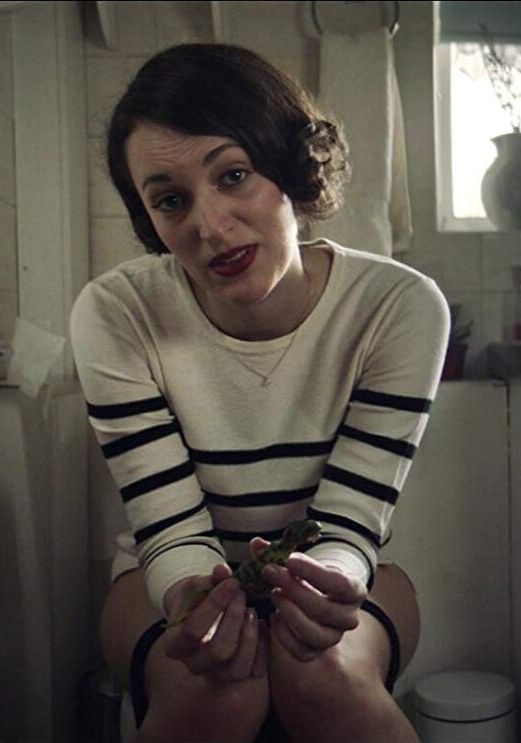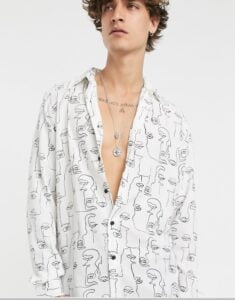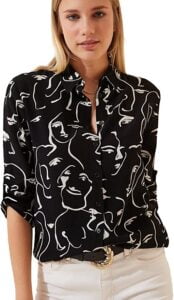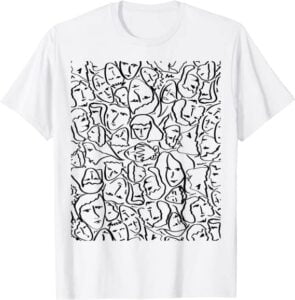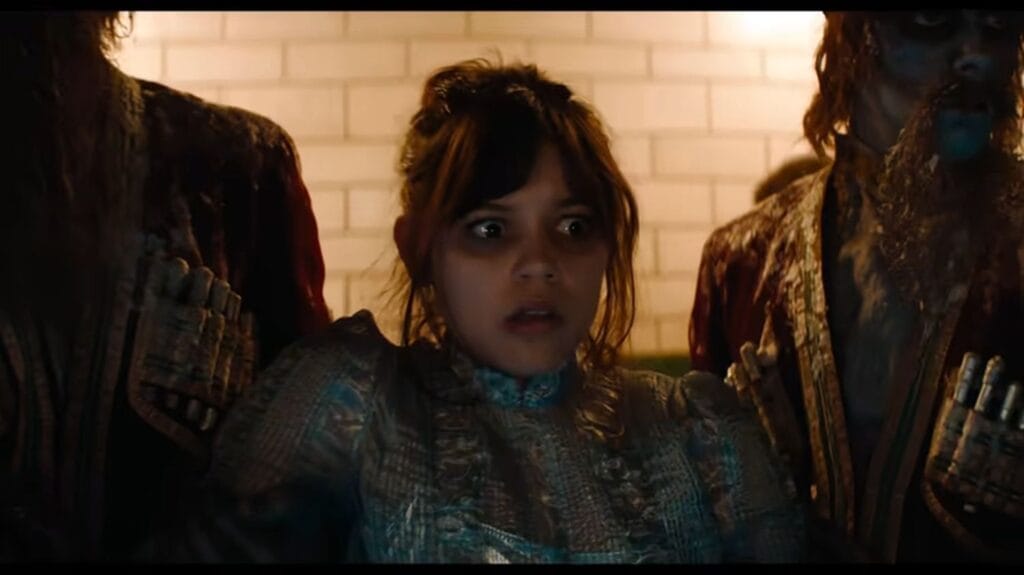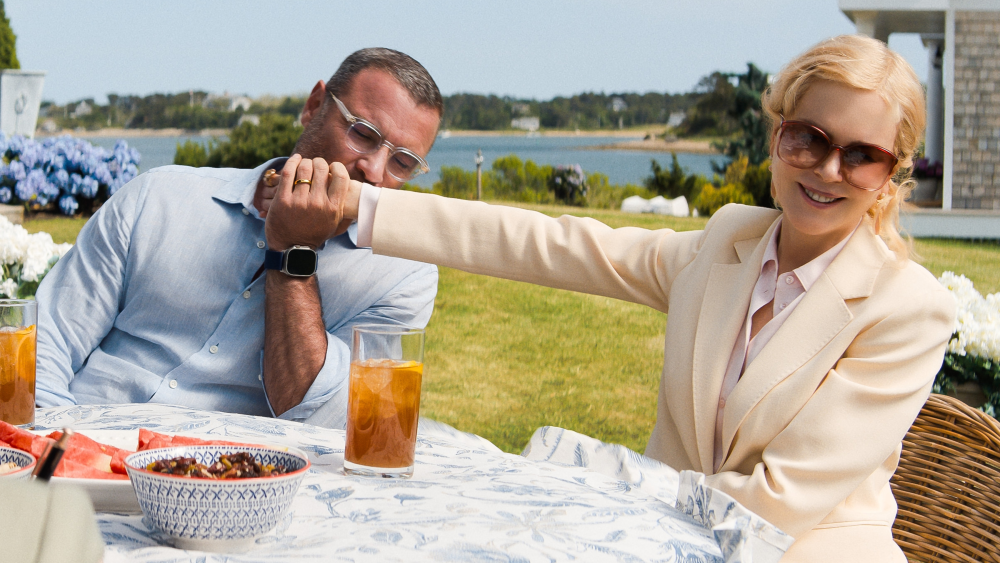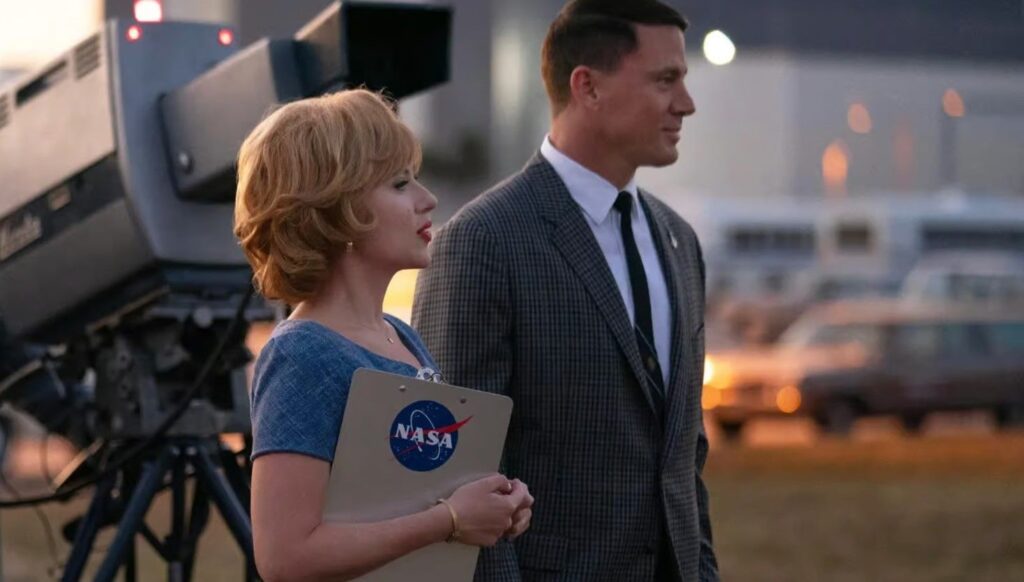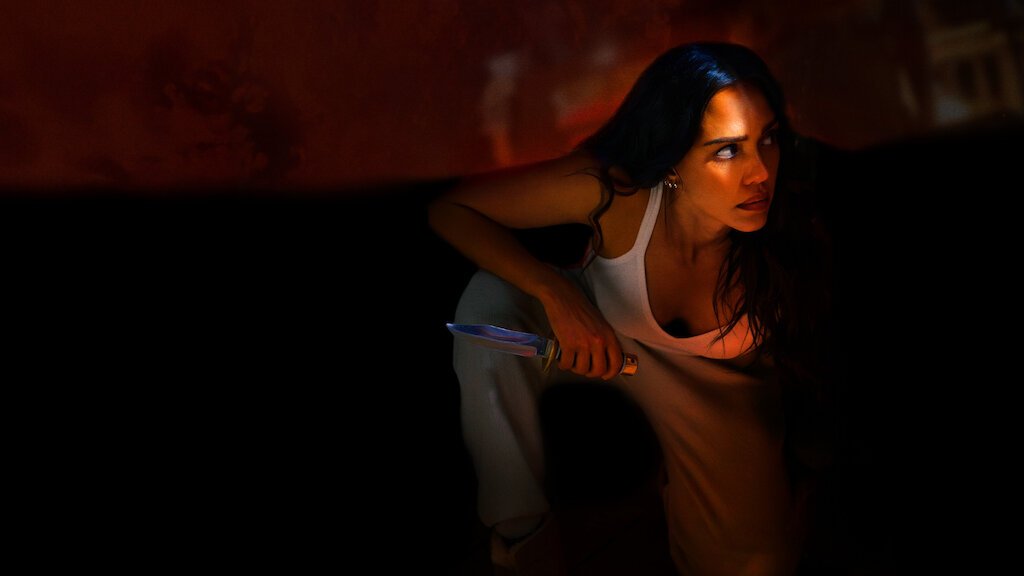TV Characters Overtake Influencers as Style Trendsetters
In recent times, the once-unbreakable bond between fashion influencers and their dedicated followers has been showing signs of strain. What was once a dynamic connection that transcended the screen, making influencers seem like relatable “friends,” has now taken a backseat. Instead, the spotlight has shifted toward TV series characters, who are not just entertaining but have also become influential trendsetters in the world of fashion. In this article, we delve into this fascinating shift and explore how the captivating world of TV series has reshaped the fashion landscape.
The Decline of Fashion Influencers
Once upon a time, fashion influencers ruled the digital world. Their carefully curated Instagram feeds and YouTube channels provided a daily dose of style inspiration, prompting countless followers to emulate their fashion choices. However, over time, this once-intimate relationship has lost its sheen. Influencers have morphed into untouchable celebrities, inhabiting a realm that feels increasingly distant from their adoring followers.
“Appearing more like untouchable celebrities than “friends” to be cherished, affects have gradually shifted to TV series actors. In addition to entertaining, they have become a real trend-setter.”
ISOTTA GIORGINI
At the same time, TV series characters are created to look like ordinary people.
The Rise of TV Series Characters as Style Icons
Amidst this shifting landscape, TV series characters have emerged as the new darlings of fashion aficionados. These fictional characters, with their on-screen charisma, have effortlessly transitioned into the role of trendsetters. Despite their existence solely within series plots, their authenticity remains unquestionable.
Phoebe Waller-Bridge’s character in “Fleabag” is a prime example of a character designed to be relatable and ordinary. The show’s creator intentionally crafted the character with imperfections, quirks, and relatable struggles, making her a highly relatable figure for the audience.
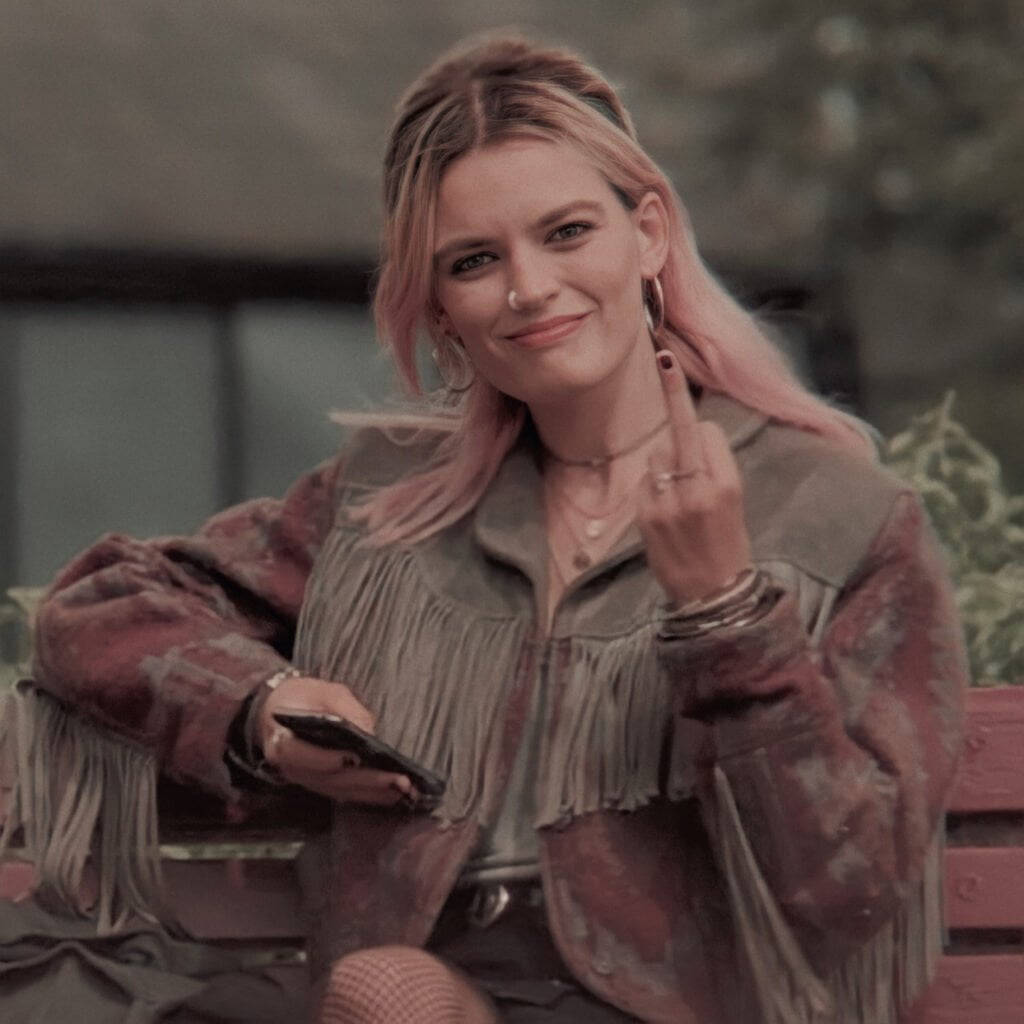
Maeve Wiley from “Sex Education” (here is how to steal her look) is a prime example of a TV series character deliberately created to look like an ordinary person. In contrast to influencers who often portray themselves as glamorous and untouchable, Maeve’s character is down-to-earth, facing the challenges of teenage life with wit and resilience. Her relatability is a stark contrast to the increasingly distant and unattainable image that some influencers project.
Elio Perlman from “Call Me by Your Name” is another example of “just an ordinary trendsetter” (his style we discussed here)
Elio’s character stands out as a relatable figure in the context of self-discovery and first love, which is a departure from the image-conscious world of influencers. While influencers may behave like celebrities, Elio’s journey of coming to terms with his feelings and experiencing the intensity of a first romantic relationship resonates with audiences because it reflects the authenticity and relatability that influencers often lose as they become more like distant stars.
These characters serve as reminders of the relatable and ordinary aspects of life, providing a contrast to the image-driven world of influencers who can sometimes appear more like celebrities than relatable individuals.
Their influence may appear to be primarily fueled by their undeniable charisma, giving the impression that it’s not driven by commercial interests. However, it’s worth noting that creators often use these characters as a means to promote products or ideas subtly
“Emily in Paris” and the Fashion Revolution
Nevertheless, it’s not just everyday individuals who are stealing the limelight from influencers. A notable example is the global sensation ‘Emily in Paris.’ This charming TV series, premiered on Netflix, has taken the world by storm. The show’s captivating storyline, set against the glamorous backdrop of Paris, the fashion capital of the world, has enraptured audiences worldwide. Beyond the narrative, it’s the characters’ wardrobes and the actors who portray them that have ignited the imaginations of fashion enthusiasts
Beyond its captivating storyline and picturesque Parisian settings, “Emily in Paris” has triggered a fashion revolution. The show’s lead character, Emily, portrayed by Lily Collins, is a fashion-forward marketing professional whose chic and vibrant wardrobe has become an instant sensation. Viewers are not just engrossed in Emily’s adventures but are also eager to emulate her style.
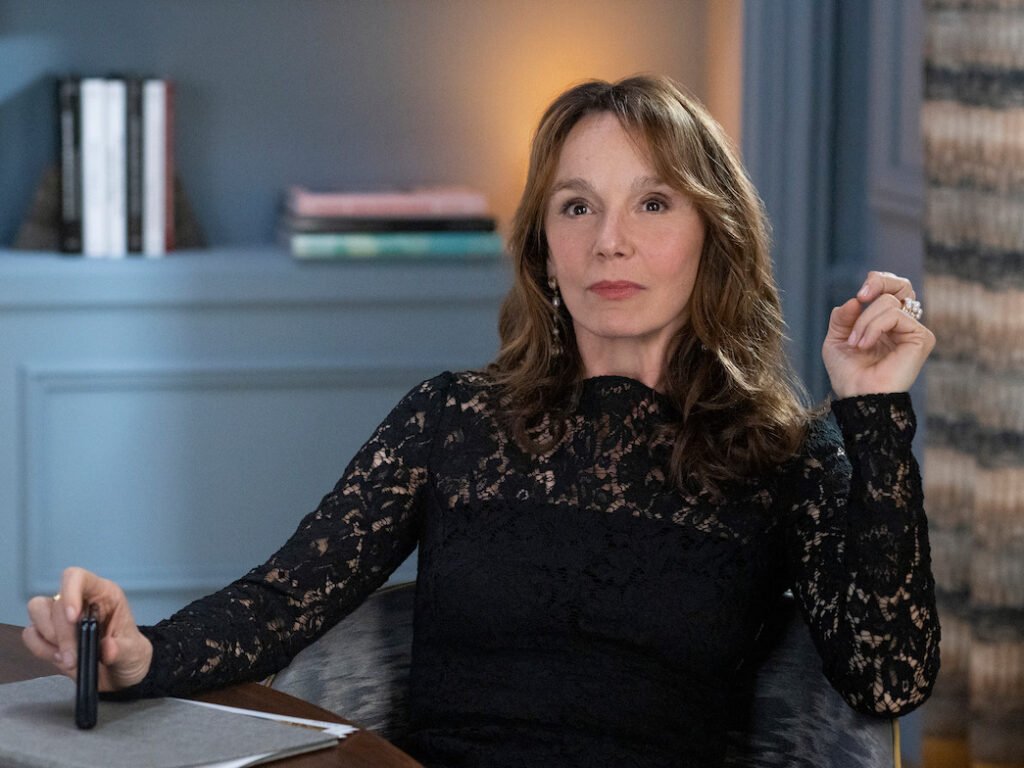
This cultural phenomenon extends to the real world, as fashion enthusiasts seek to replicate Emily’s impeccable Parisian style. The show has revitalized interest in French fashion, leading to increased sales of berets, classic Chanel-inspired pieces, and statement necklaces. The impact of “Emily in Paris” on fashion trends is undeniable, showcasing the powerful influence of TV series characters on the fashion landscape.
The Charm of Realness
What sets TV series characters apart is their genuine approach to style and influence. Unlike influencers who may overtly promote products, characters often weave these elements into their narratives in a way that feels natural and relatable. TV characters subtly express interest in promoting products or ideas in a manner that resonates with everyday life. This subtlety allows viewers to connect with the characters on a more personal level, as it mirrors how they might integrate fashion or lifestyle choices into their own lives. The authenticity of these characters lies in their ability to act like ‘normal’ individuals, showcasing relatable fashion choices without an overt sales pitch. This approach bridges the gap that influencers sometimes miss, capturing the essence of everyday life


